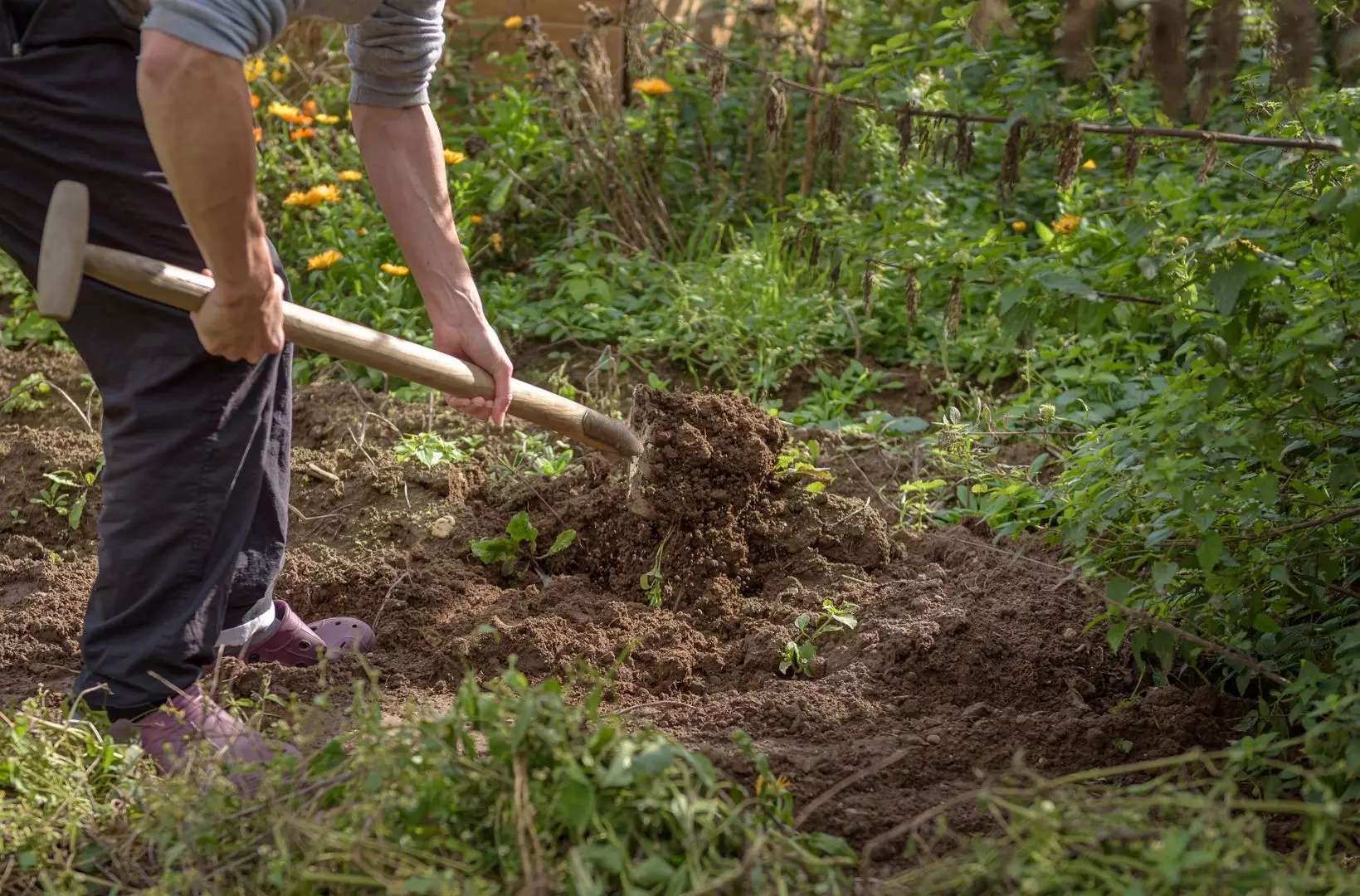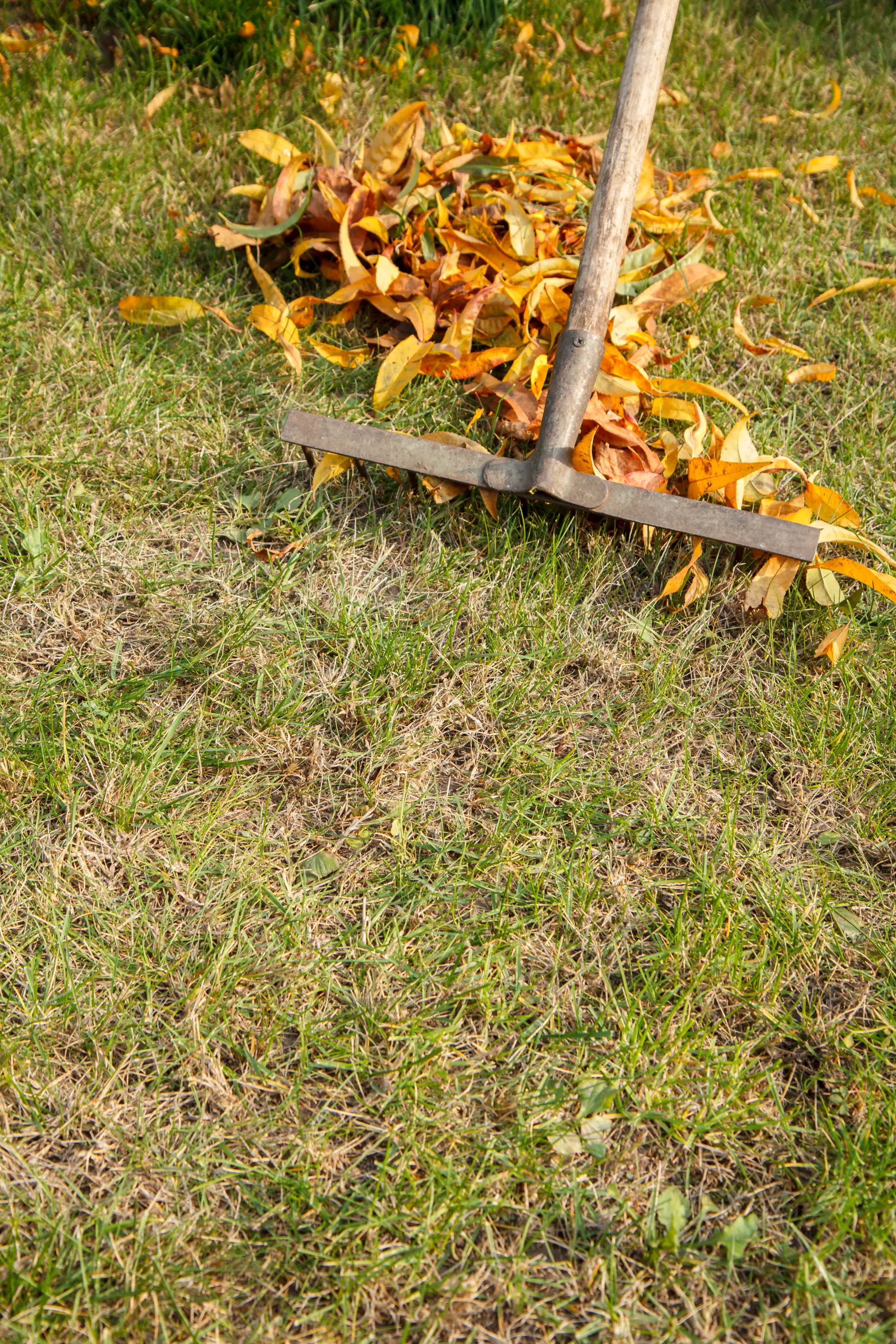Assessing the Condition of Your Garden
Assessing the condition of your garden is the easiest way to decide what to keep, what to remove, and how to tackle it safely and efficiently. The best way to assess your garden is to map out zones and identify any plants hidden under weeds, areas of compacted grass or soil, and plant beds that need maintenance. You should make a note of plants you want to save, and at the same time, make a list of any unstable trees, thorny brambles, trip hazards or weeds.
You should also make a rough estimate of the amount of green waste you expect to accumulate so that you can choose the right tools, protective gear, and disposal methods to use. If you need to cut down or prune trees, you should also check the size of your access routes for wheelbarrows or chippers and plan a clear outline to avoid trampling the soil.
Planning Your Garden Clearance
Planning out your garden clearance can make a big difference in how you tackle an overgrown garden. A well-thought-out plan can turn a daunting space into a manageable project with clear goals, logical steps, and minimal wasted effort.
The first step is to define your vision. You should decide on whether you want to have a complete clearance, a selective clearance or a partial tidy-up. Knowing what you want your garden to look like can help shape your priorities and help you decide what stays, what goes, and which areas to address first. Making a plan also helps you determine the tools, protective gear, and disposal options you’ll need.

Breaking the garden up into zones is an effective planning method. By working in sections, you can avoid feeling overwhelmed, and you have the opportunity to take a step back and see your progress. You should ideally start with mapping out your access points, paths, and boundaries to make moving the waste easier.
Planning to execute your garden clearance during dry, mild weather can help you avoid compacting the soil, reduce slipping hazards, and make clearing the waste easier. Autumn is the ideal season for major garden clearance work, while early spring is better for replanting. However, you should avoid disturbing wildlife during nesting or breeding periods, and time any pruning around each plant species to avoid damaging their growth.
Tackling Weeds and Invasive Plants
Tackling weeds and invasive plants is the fastest way to turn an overgrown garden into a manageable space. Weeds outcompete other plants for light, water, and nutrients, and smother paths and beds, and constantly reseed to rebuild the mess you’ve just cleared up. By targeting weeds first, homeowners can create space for deliberate planting rather than endless weed digging.
You should ideally make a quick note to separate annual weeds from deep-rooted weeds. You should pull the annual weeds out before they seed to shrink the amount of weeds you'll see next year. For perennials like dandelions, dock, ground elder, or bindweed, you should focus on pulling out the roots and rhizomes. Ideally, you should lift the crowns with a fork and scoop around the soil to remove any seeds and repeat the process to remove the entire system.
If you have a dense infestation of weeds, sheet mulching can deprive the weeds of light while improving your soil quality. In sunny, open areas, solarisation using clear plastic sheets for 4- 6 weeks can cook the seeds and surface rhizomes. However, if you choose to use herbicides, you should apply them sparingly and precisely to avoid damaging the soil and other surrounding plants.
Clearing and Disposing of Garden Waste
Clearing and disposing of garden waste correctly is the backbone of an effective garden clearance project. Piles of brambles, weeds, and trimmings that are left on the ground can harbour pests and fungi. You should start by sorting the waste into piles as you go; this helps you avoid double-handling and ensures you don’t accidentally spread weed seeds or rhizomes through your compost. Branches and wood can be used as mulch, and anything seedy, rhizomatous, or diseased should be bagged up and removed.
On-site processing can also shrink your waste volume dramatically. A small chipper can turn a mountain of branches into a neat pile of mulch, while a tarp that's dragged along the ground can speed up your waste collection without damaging the grass.

In the UK, you should use garden waste bins, book tip runs, or hire a licensed waste carrier to ensure the waste is disposed of properly and avoid the risk of fly-tipping. You should also avoid burning the waste since wet green waste burns poorly and may breach local environmental rules.
Additionally, pernicious weeds such as bindweed or ground elder, diseased foliage, Japanese knotweed or giant hogweed shouldn't be composted since these weeds need to be handled by a licensed professional.
When it's done right, waste management can help you turn an overgrown garden into a clean space that's ready to be used and enjoyed.
At House Clearance Hertfordshire, we can clear gardens fast, safely, and sustainably and transform your overgrown spaces into tidy, usable areas. We can remove green waste, brambles, weeds, and unwanted clutter.

